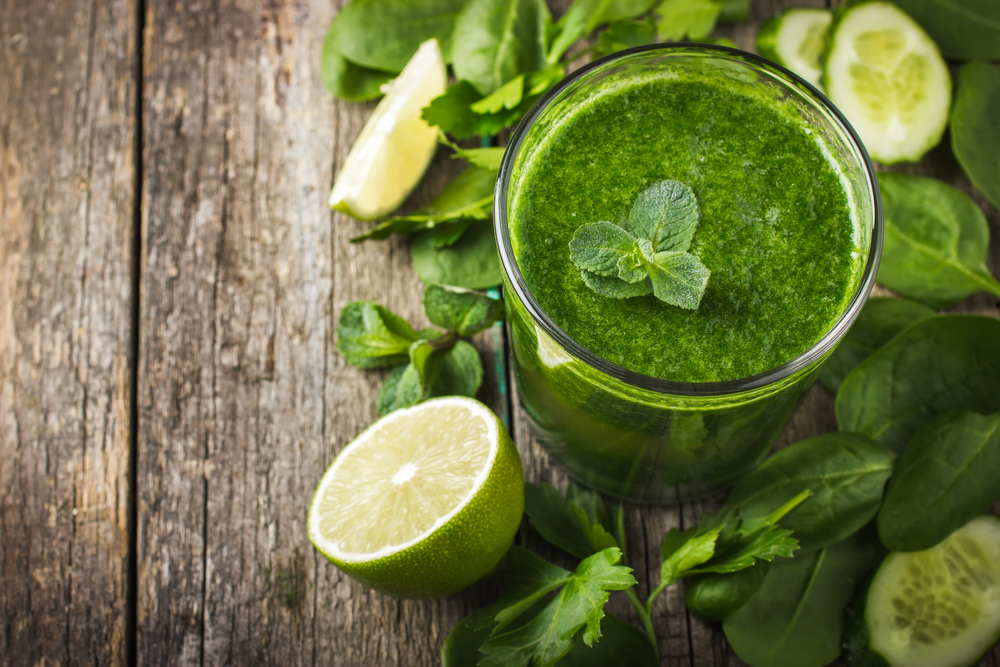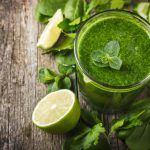With babies’ sensitive skin, using some form of massage lubricant is important for making the massage a positive experience for the infant.
Since many parents already have baby oil handy in the nursery for nappy rash, it is tempting to use that when massaging the baby, too. While there is nothing toxic in baby oil and it is perfectly safe for use on a baby’s skin, there is a danger of respiratory complications if a baby inhales mineral-oil based baby oil, which is difficult to remove from lungs. Mineral oil’s known laxative effect when taken internally, which might happen if a baby put a body part in his mouth after a massage, leads many parents to avoid baby oil and other mineral oil based products for baby massage.
Natural food-grade plant oils are a safe choice for a baby massage. The International Association of Infant Massage recommends cold-pressed oils to minimise the potential for adverse responses to the lubricants. When starting baby massage or changing between oils, parents should be on the watch for allergic reactions. A patch test followed by 48 hours of observation will spot most allergic reactions before using the new oil on the baby’s entire body. In the UK, peanut and sesame oils are most likely to cause allergic reactions, but any oil is a potential allergen. The risk of an adverse reaction is highest if a baby has broken skin.
Baby massage oils do not need to be specially purchased. Certain cooking oils can make quite satisfactory massage oils for babies. Olive and sunflower oils both have low risks of allergic reactions and are readily available at grocery stores. Sunflower oil more closely mimics the texture of natural skin oil.













